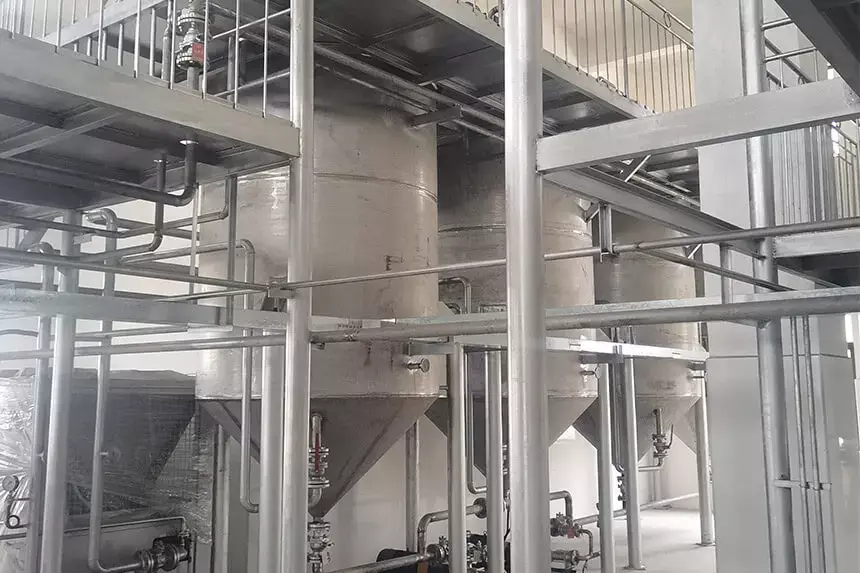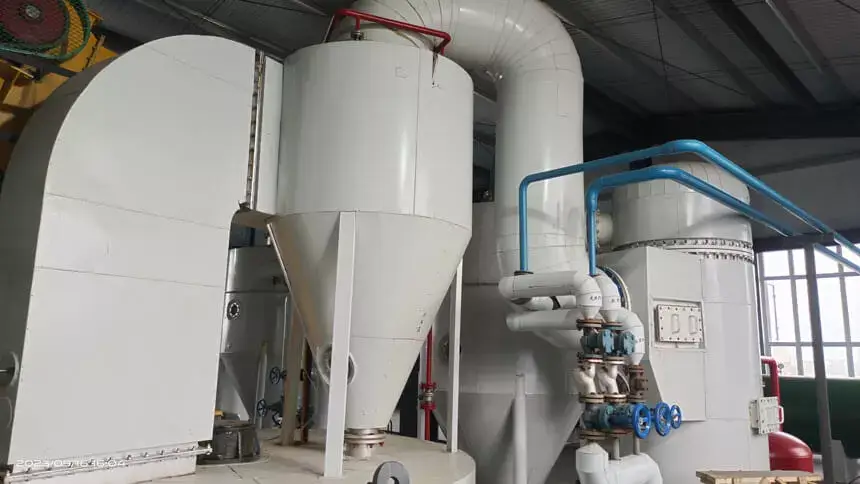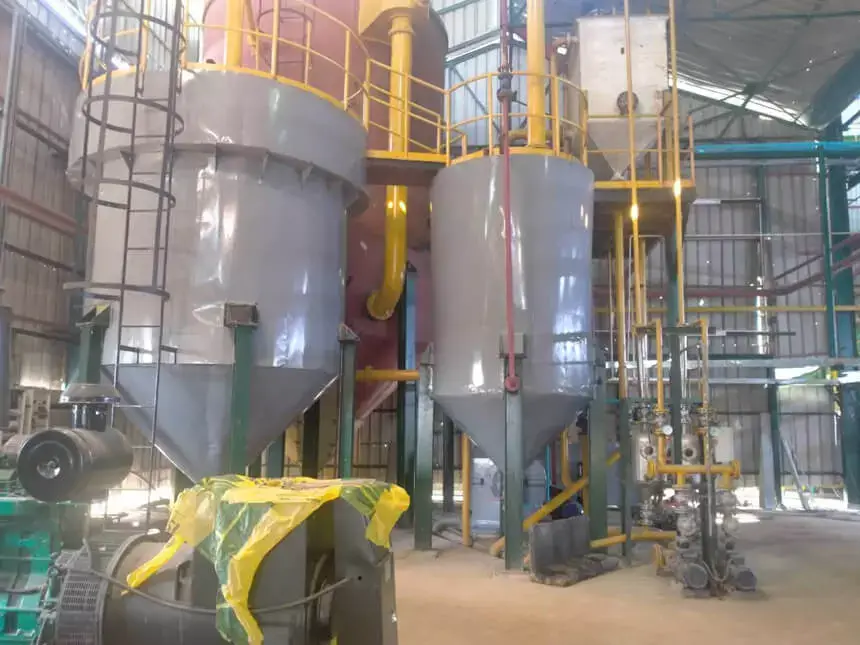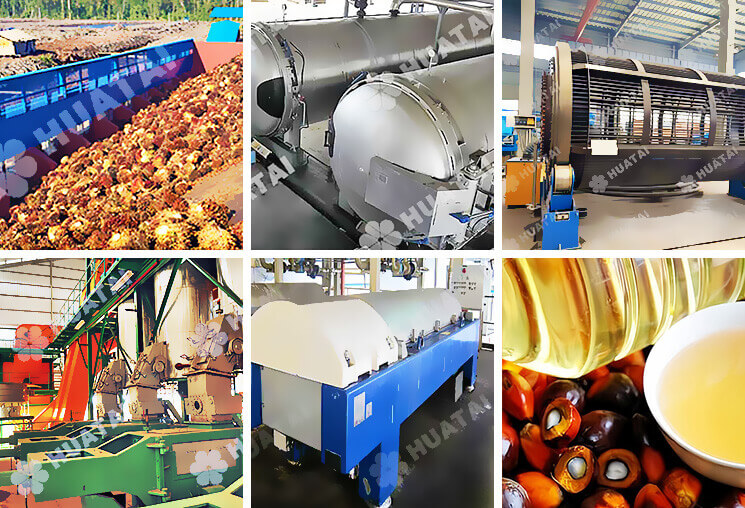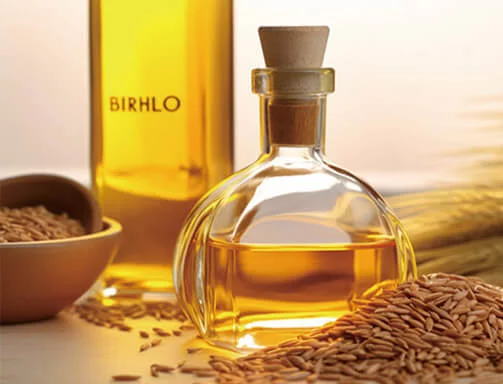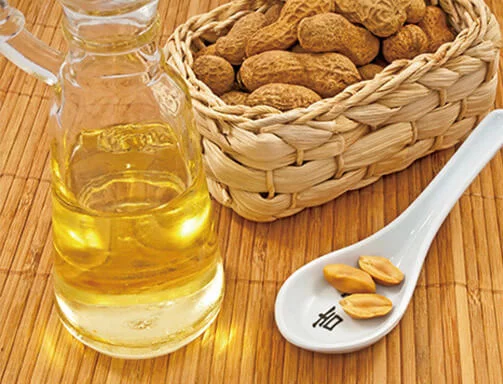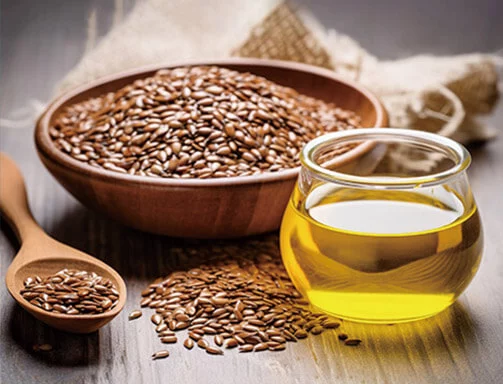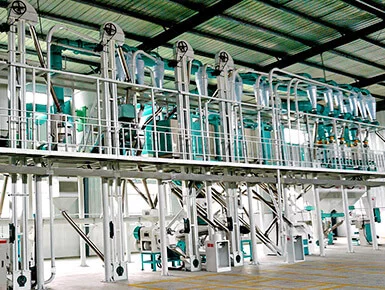![3 Types of Palm Oil Degumming Process | You Need to Know]()
Introduction
The palm oil degumming process is a critical initial stage in refining crude palm oil (CPO), transforming it into a high-quality product suitable for edible and industrial applications.
There are three methods for the degumming process of palm oil: dry degumming, water degumming and acid degumming. In this article, we will analyze and explore each method, ensuring a comprehensive understanding for you.
Dry Degumming
Dry degumming is the preferred method for palm oil due to its low phosphatide content. The process involves mixing CPO with 0.05-0.1% concentrated phosphoric or citric acid, heating to 80-120°C under vacuum, then adding 1-2% acid-activated bleaching earth. (Related Post: palm oil bleaching process >>)
After a suitable contact time, the spent earth is removed by filtration, effectively removing gums and preparing the oil for the oil deodorization process.
This method is cost-effective, suitable for small crude palm oil refining plant setups, and aligns with physical refining needs.
![Palm oil degumming process equipment]()
Water Degumming
Water degumming is more commonly used for oils with higher phosphorus, such as soybean oil (~200 ppm), but can be applied to palm oil for removing hydratable phospholipids.
The process involves hydrating the oil by mixing it with pure water, typically at 70-90°C, causing gums to precipitate due to insolubility in oil. These hydrated gums are then separated via centrifugal separation.
While simple and eco-friendly, water degumming is less thorough for non-hydratable gums, making it a secondary choice for palm oil. It’s great if you’re aiming for minimal chemical use, but may require additional steps for complete degumming before moving to deodorization process of palm oil.
![Palm oil deodorization process equipment]()
Acid degumming
Acid degumming is used for oils with non-hydratable gums, employing phosphoric acid to condition the oil. The process involves mixing in the acid, heating to about 90°C, and removing precipitated gums via centrifugal separation.
For palm oil, it’s more of a backup method, as dry degumming is standard, but it can reduce phosphorus to 5-30 ppm, sometimes cooling to 40°C for super degumming.
This method is commonly used in the refining process of rice bran oil and sunflower seed oil. (Read More about: palm oil refinery machine >>)
![Large palm oil refining plant]()
Conclusion
The palm oil degumming process is vital for producing high-quality, stable palm oil. Degumming not only improves the appearance and stability of palm oil but also sets the stage for subsequent refining processes, such as the palm oil deodorization process and even the palm oil fractionation.
Henan Huatai Group provides customized turnkey palm oil refining solutions with competitive prices and full services for palm oil production business, from plant layout design, palm oil processing equipment selection and manufacturing to on-site installation and commissioning! Welcome to consult us for detailed information on building a palm oil or palm kernel oil refinery.
Frequently Asked Questions
Why does crude palm oil need to degum?
Crude palm oil (CPO) contains gums, mainly phospholipids, which make it cloudy and prone to spoilage. Degumming removes these impurities, improving the oil’s quality, stability, and shelf life, making it suitable for consumption and industrial use.
What are the different types of palm oil degumming?
The main types are dry degumming, water degumming, and acid degumming. Dry uses acid and bleaching earth, water degumming uses water for hydratable gums, and acid degumming uses phosphoric acid for non-hydratable gums, each tailored to specific oil needs.
What is the process of degumming palm oil?
Degumming mixes crude palm oil with acid or water, heats it to 80-120°C, and separates gums using filtration or centrifugation. Dry degumming adds acid and bleaching earth, while water and acid methods hydrate or condition the oil, then centrifuge it.
What chemicals are used in degumming?
Phosphoric acid and citric acid are common in dry and acid degumming, while water is used in water degumming. Bleaching earth aids dry degumming by adsorbing gums, with phosphoric acid being the most effective and widely used.
References:
![]() Service Coverage
Service Coverage
![]() FAQ
FAQ


